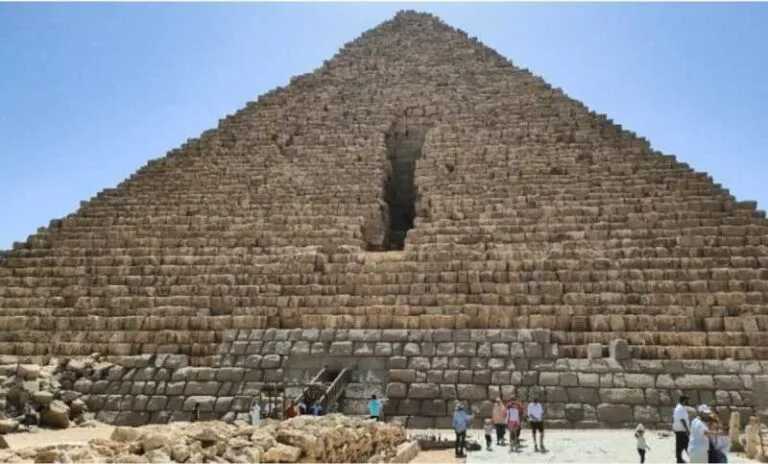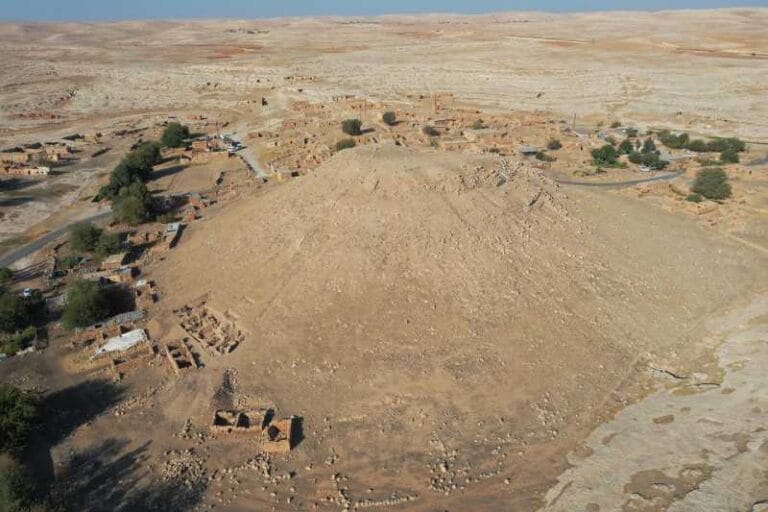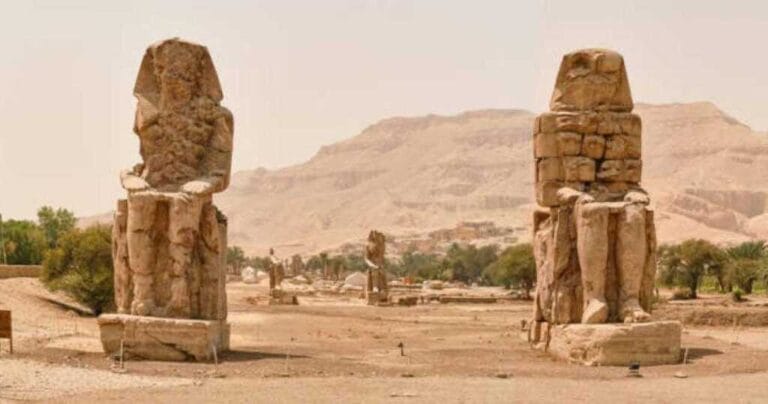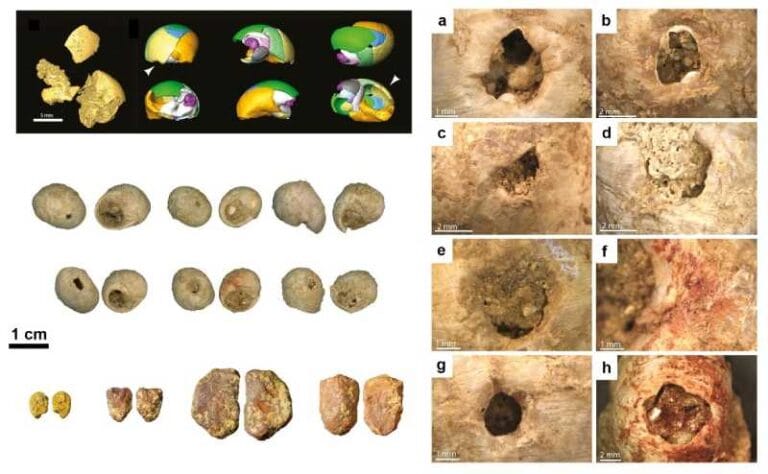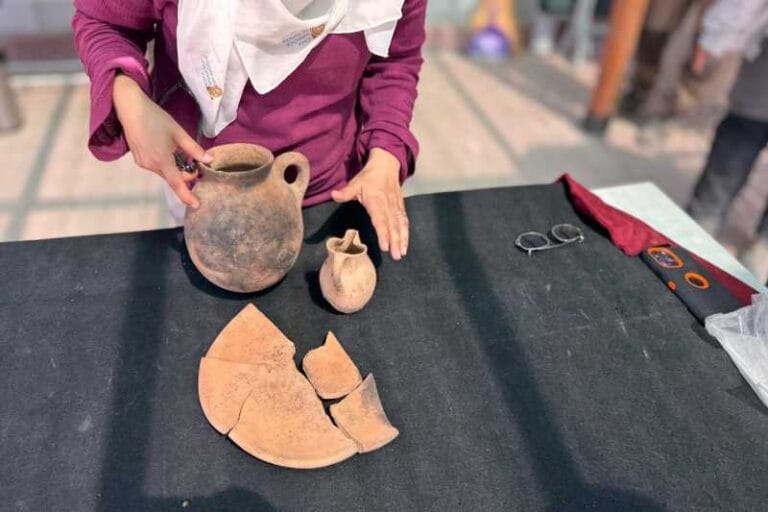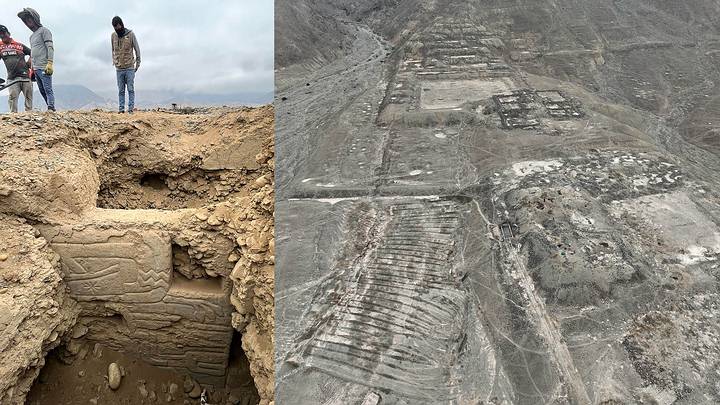Archaeological treasures from the Temple of Hatshepsut

Archaeologists working at the ancient necropolis of Thebes in Luxor have uncovered extraordinary findings that shed light on the architectural and cultural grandeur of Egypt’s New Kingdom. Among these discoveries are well-preserved sections of the foundation walls from Queen Hatshepsut’s valley temples, as well as the nearby tomb of Queen Tetisheri, the grandmother of Pharaoh Ahmose I, alongside other significant artifacts.
During excavations led by renowned archaeologist and former minister of antiquities Zahi Hawass, over 1,500 intricately decorated stone blocks were discovered around the perimeter of Hatshepsut’s funerary temple at Deir al-Bahari.
These blocks feature extraordinary bas-reliefs and inscriptions, offering rare glimpses into the ritual practices and architectural expertise of the 18th Dynasty. This period, considered one of the most illustrious in Ancient Egypt, saw the reign of legendary pharaohs such as Hatshepsut and Tutankhamun.
“This is the first time we’ve discovered such a comprehensive set of decorated blocks, showcasing some of the most beautiful scenes I’ve ever encountered,” Hawass said in a press conference. These colorful reliefs depict Queen Hatshepsut and her successor, Thutmose III, performing sacred rituals.
The valley temple of Queen Hatshepsut, one of the few female pharaohs of the 18th Dynasty who ruled until her death around 1458 BCE, was partially destroyed in the centuries following her reign. Excavations have revealed ceremonial implements buried beneath the temple’s foundation, along with a limestone tablet inscribed with the name of Senmut, the queen’s chief architect and trusted advisor.
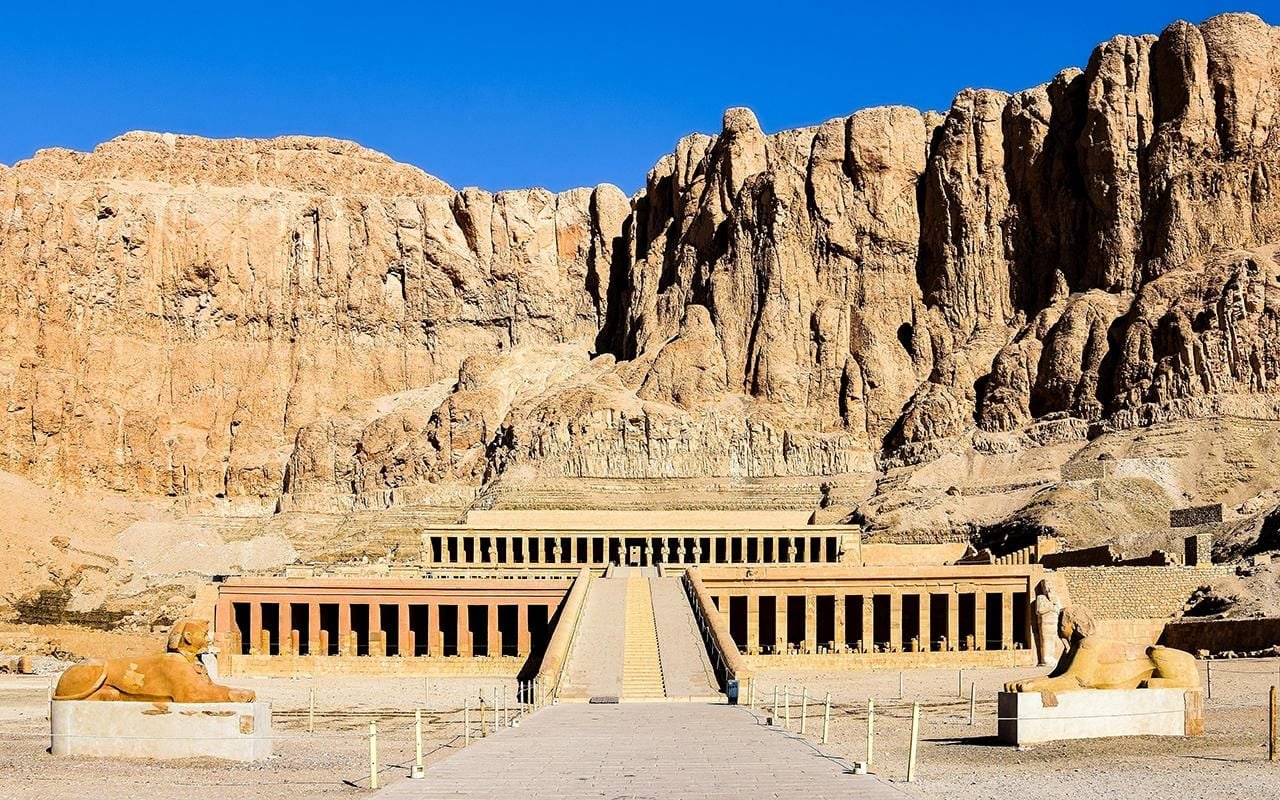
Near Hatshepsut’s temple, archaeologists unearthed the tomb of Queen Tetisheri, grandmother of Ahmose I—the king credited with expelling the Hyksos invaders and founding Egypt’s New Kingdom. Her rock-cut tomb features a vaulted mudbrick chapel adorned with red wall drawings set against a white mortar background, reflecting the artistic and architectural traditions of the time.
The excavation team uncovered burial shafts containing wooden coffins from the 17th Dynasty, intricately decorated with feather emblems. Nearby, they also discovered children’s tombs, some of which held toys, offering a poignant glimpse into the lives and customs of ancient Egypt.
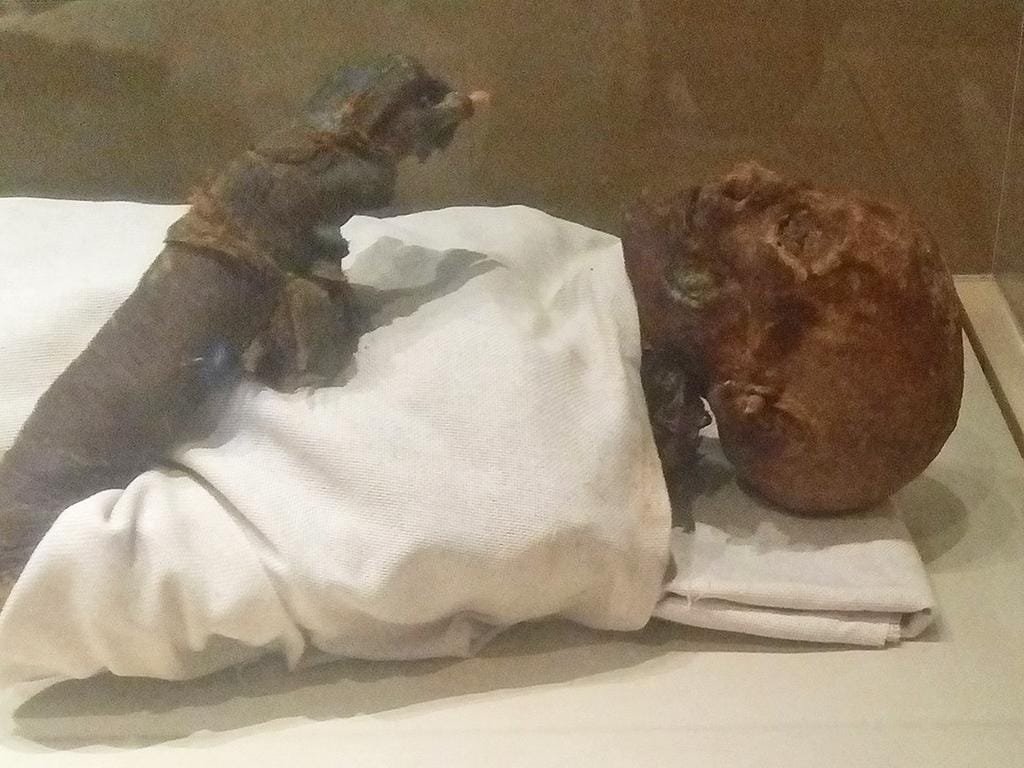
The discoveries, spanning from the 15th Dynasty (1650–1550 BCE) to the 18th Dynasty (1550–1292 BCE), emphasize Luxor’s pivotal role as a cradle of ancient Egyptian civilization. Unveiled by Egypt’s Ministry of Tourism and Antiquities, these findings come as part of the country’s ongoing efforts to revitalize its tourism industry, a crucial contributor to its economy and a key source of foreign currency.

